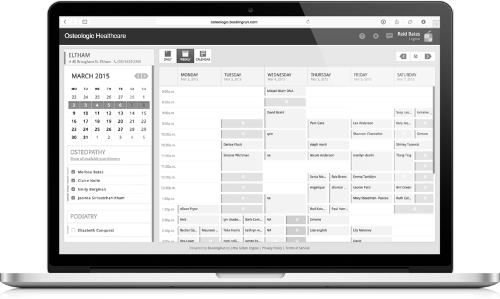The development of computers in the 1960s resulted in the evolution from paper-based patient records to software. Hospitals collaborated with universities to develop computerized patient information systems. These early systems were on mainframes and were single task programs that were not ‘user friendly’. They had limited storage and required both frequent tape changes and regular program back-ups. The development of personal computers and local area networks (LANs) and the emergence of the internet in the late 80’s made access to and integration of patient information faster, easier, and less costly. Lab results, X-rays, and clinical records were recorded in early software programs, and later programs incorporated drug references, literature searches and electronic communications.
With the emergence of web-based servers, medical associations and agencies were able to exchange health information widely. The volume of data held in these systems improved diagnostic accuracy and management and contributed to research and analysis of disease processes. Independent agencies and companies developed programs that recorded health information, assessment findings, treatment implementation and results for specific patient populations.
Physiotherapy clinics began to use software programs integrating all aspects of patient care, such as administrative functions, assessment findings, prescribed exercise programs, and self-report features for patients. The most recent patient management software programs are accessible via mobile devices with cloud based storage.
Description provided by Carol E Miller of Canada
References:
Evans RS. 2016. Electronic Health Records: Then, Now, and in the Future. Yearb Med Inform, Suppl 1(Suppl 1):S48-S61. Published 2016 May 20. doi:10.15265/IYS-2016-s006.
Brooks A. 1987. Health Information Management History: Past, Present & Future. Rasmussen University
Hammond WE. Patient Management Systems: the Early Years HMI. 1987. Proceedings of ACM conference on History of medical informatics December, 153–164. https://doi.org/10.1145/41526.41541.

